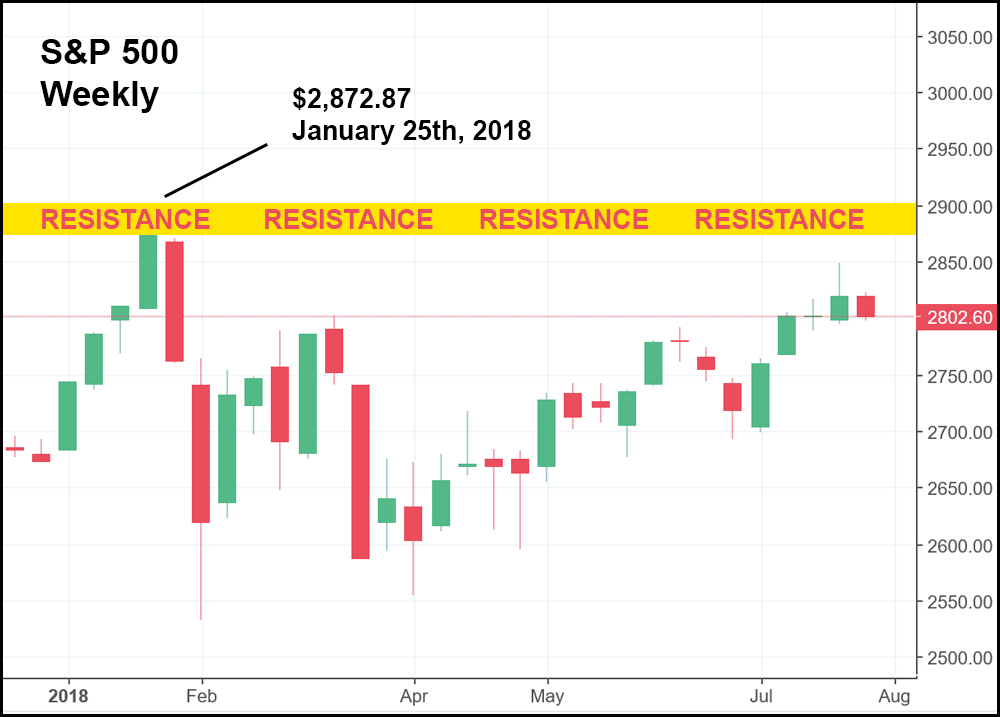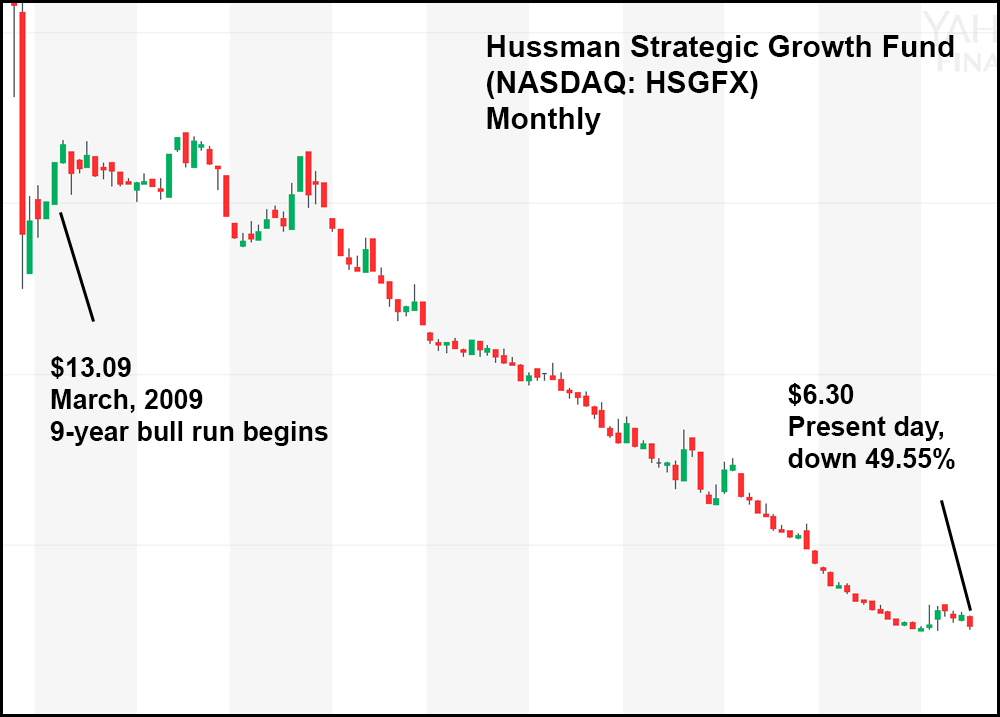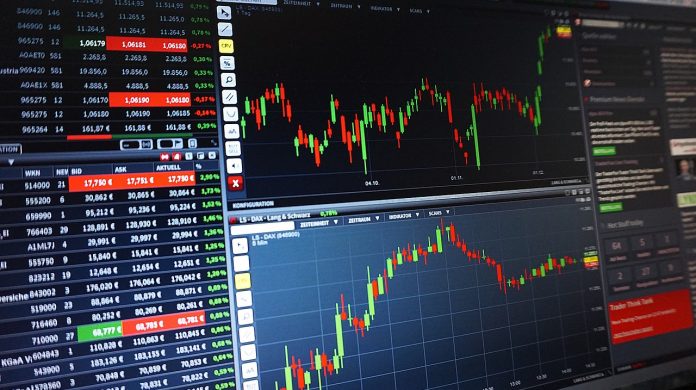After recovering from a downturn to start the year, the market has been on a collision course with a resistance level set in late January 2018. The S&P 500 topped out at $2,872.87 just before tumbling down to $2,532.69 only 10 trading days later. A nice recovery window launched the S&P up almost 9% since April – close to the all-time high from January.

So, as the market looks poised to continue its run, it has truly come up against a “make or break moment”. Will it bust through the resistance level set back on January 25th en route to new highs, or will it rebound back downwards – kicking off a correction?
Both scenarios seem completely reasonable, but many analysts claim that something else could be coming:
A minor crash that will make millions of investors tremble in their boots.
Analysts at Morgan Stanley now say that Wall Street’s rally is beginning to show signs of “exhaustion”, with no major positive events in the foreseeable future. Their belief is not that some sort of reckoning is on the horizon, nor that an economic bubble is going to pop. Instead, they’re merely suggesting that investors have run out of things to get excited about.
Because of this, Morgan Stanley has warned investors to prepare for “the biggest stock-market selloff in months”.
Okay, so that may not technically qualify as a crash. Instead, let’s just call it a strong correction.
By definition, a correction is just a decline in price of at least 10% from a recently set peak (i.e., resistance level). In February, we saw the market correct downwards sharply, as investors were driven to sell by rumors of increased inflation and overvalued equities.
After a few weeks of chopping back and forth, the market seemed to have found its feet back in early April, only to approach the “danger zone” once again – something that has made many investors uncomfortable.
Much like Icarus, it seems that equities may have flown a little too high for their own good, too quickly.
While it may look like a rapidly approaching correction is somewhat inevitable, other people believe that the recent market activity is indeed signaling something more severe.
John Hussman, president of Hussman Investment Trust, could simply not be outdone by the fine folks at Morgan Stanley – upgrading their “strong correction” forecast to a full-fledged, honest-to-goodness crash.
Hussman, for those of you that don’t remember, is the “prophet of doom” (as he is now known) that predicted the market collapses of 2000 and 2008.
He argues that:
“From their highs of early-2018, we presently estimate that the completion of the current cycle will result in market losses on the order of -64% for the S&P 500 index, -57% for the Nasdaq-100 Index, -68% for the Russell 2000 index, and nearly -69% for the Dow Jones Industrial Average.”
Wow, those are some big numbers! To put it in perspective, the last time we saw losses like that was (you guessed it) back when the dot-com and housing bubbles burst.
But unlike those crashes, this one won’t have a bubble of any kind. Sure, tech may be hurting right now, but it is by no means a true economic bubble. Instead, Hussman points to the “Iron Law of Valuation”, a term he coined to explain why overvaluing equities will eventually bite you in the rear:
“The higher the price investors pay for a given set of expected future cash flows, the lower the long-term investment returns they should expect. As a result, it’s precisely when past investment returns look most glorious that future investment returns are likely to be most dismal, and vice versa,”
In addition, he’s worried about the S&P 500’s price-sales ratio (which jumped from 0.7 to 2.4 this year, the highest on record) and market volatility – which (according to him) indicates that investors are less willing to take on risks.
Most importantly, though, Hussman thinks that the FAANG companies (Facebook, Apple, Amazon, Netflix, and Google) are going to experience a major reduction in yearly growth. We’ve already seen Facebook get hammered, and Hussman believes that market-leading corporations will suffer the same fate – taking the first steps on the path to a massive crash.
His rationale might start to make sense when you read through it – especially with what’s been going on in the market the last two days – but I want you to remember one thing when you read ANY of his predictions:
John Hussman has been calling for an “inevitable crash” nearly every year since 2009, since the start of the current 9-year long bull run.
So, while he may have been right about two crashes in the past, he was utterly wrong (repeatedly) about the biggest bull run that the market has ever enjoyed.
If this isn’t a classic case of the boy who cried wolf, I don’t know what is.
But regardless of which way the market ends up tipping as we approach the January highs, just know that fortunes will be won and lost by investors that have a time-tested trading method – a set of rules that has allowed numerous portfolios to survive the many ups-and-downs of the market over the years.
Much like the many members of our programs who are wary of the uncertainties ahead, you could make the responsible choice and equip yourself with the tools necessary to be prepared for what comes next, like this one.
Or, you could just buy a Hussman fund – after all, that guy accurately predicted crashes 2 out of what may be 20 guesses now. His Hussman Strategic Growth Fund (NASDAQ: HSGFX), offered by Hussman Strategic Advisors, is invested “primarily in U.S. stocks, with the objective of long-term capital appreciation, and places added emphasis on defending capital during unfavorable market conditions.”
Sounds great! Let’s see how it did over the last 9 years, a period in which the S&P 500 is up over 250%:

Well, it looks like things haven’t exactly gone as planned. The purpose of the fund was to “defend capital”, and if Hussman intended to defend his investors from hand-over-fist profits, he certainly achieved his goal.
But hey, it’s not all bad – at least it paid out a 3-cent dividend in December last year.








